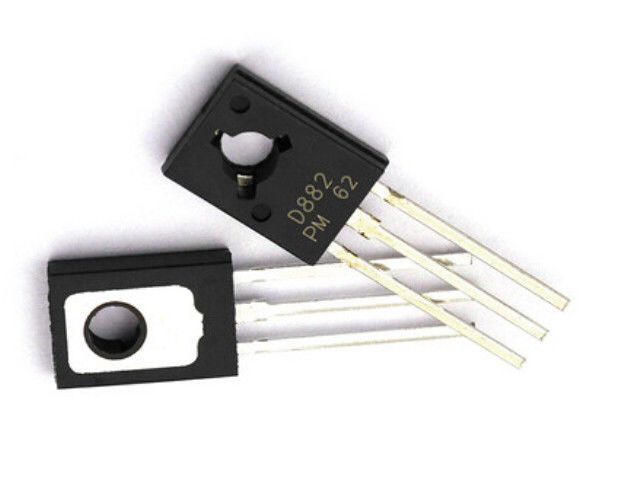

But the part which detects the motion is the PIR motion sensor. There are a few different parts in this circuit. The emitter will connect to ground.īelow is an example of a transistor functioning as a switch in a circuit: The load will be connected to the collector as wellĪs the positive DC voltage for NPNs. The output of the device that outputs a current will be connected to the base of the transistor.

The setup to set the transistor up as a switch is shown in the diagram below: And the collector will connect to the load that the transistor will turn on and the supply voltage of the circuit. The emitter will connect to ground of the circuit. To connect the transistor as a switch in a circuit, we connect the output of the device that will switch on the transistor to the base of the transistor.

Looking at the back side of the transistor, the emitter is the first pin, the base is the middle, and the collector is the third.
TRANSISTOR EMITTER HOW TO
So now that we know the theory of why transistors are used as switches, let's go over how to connect a transistor to function as a switch in a circuit.Ī transistor is a 3-pin device composed of a base, collector, and emitter for bipolar junction transistors (BJTs). How to Connect a Transistor as a Switch in a Circuit Transistors are used when we want to switch devices on or off when only current can the on-off state of the transistor.Īs a prime example of where transistors function perfectly as electrical switches, we will go through a few example circuits below. Such as an ON-OFF switch for turning on or off a device, volume control, etc. Mechanical switches are used mostly outside of electronic circuitry where it is desired that humans control various functions Transistors, however, turn on and off, not by physical human intervention, but by electrical current.īoth have their own uses. Mechanical switches, such as knife switches, pushbutton switches, need human intervention- someone to press them down and pull them back up. Unlike all the switches above, which are mechanical switches, a transistor turns on or Note that you can exchange emitter and collector, but for the reasons explain above, beta will be very low (often << 1) and the device breakdown voltage will be low (perhaps 6 V).So why are transistors used so frequently as switches in circuits if these switches above have the same use?Īnd the reason is that transistors are electrical switches. The choice between all these tradeoffs, as well as the basic current-carrying capability of the transistor is part of the reason why there is a huge number of different models of transistors available. It is possible to make devices with a heavily doped collector -but they would have max.
TRANSISTOR EMITTER SERIES
Therefore in most transistors, the collector is doped quite lightly - but not too lightly, or unwanted series resistance appears in the collector. The collector doping dominates the collector-base breakdown voltage, and only slightly affects transistor gain. The base also has to be thin to limit recombination and to increase curent (for a given base voltage.) The base has to be doped 'appropriately' - too low, and the unwanted series resistance in the base is too high, degrading performance too high and recombination in the base limits beta. This makes 'injection efficiency' (the fraction of current carried by (NPN) electrons from E to B vs. useful) transistor has high gain (beta hFE), and can also withstand a reasonably high voltage on the collector, the E and C are doped differently.įor high gain, the emitter needs to be doped much higher than the base.


 0 kommentar(er)
0 kommentar(er)
